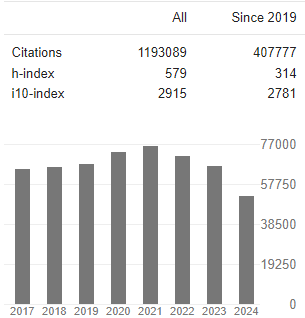Vascular surgery approach in SMAS
Abstract
Talal Ali, Jan Tomka, Ilkin Bakirli
Introduction
Superior mesenteric artery syndrome (SMAS), also called mesenteric duodenal compression syndrome, Wilkieʼs syndrome, chronic duodenal ileus or cast syndrome, is a rare clinical condition defined as a compression of the third portion of the duodenum in between the SMA and abdominal aorta (AA), due to narrowing of the space between them. SMAS is primarily attributed to loss of the intervening mesenteric fat pad, leading to partial or complete duodenal obstruction. Its manifestations are complex and non-specific, including postprandial epigastric pain, nausea, vomiting, early satiety, weight loss and anorexia. SMAS may present as an acute syndrome, or it may have an insidious onset with chronic symptoms. SMAS mainly affects females between 10 and 40 years of age. This study aims to discuss the safety and efficacy of vascular decompression of the duodenum by infrarenal transposition of SMA.
Methods
This single-centre prospective clinical study analysed 45 patients with Wilkie’s syndrome who underwent infrarenal transposition of the SMA between January 2012 and December 2021. The indications for the surgery were severe weight loss, uncontrolled upper abdominal pain, vomiting and other gastrointestinal (GI) symptoms that were severely debilitating to patients’ daily lives, along with radiological findings such as aortomesenteric angle < 25°, aortomesenteric distance <8 mm and distention of proximal part of the duodenum and the stomach. Thirteen patients (27%) concurrently had Nutcracker syndrome and eight patients (18.9%) had Dunbar syndrome (median arcuate ligament syndrome). Three female and one male patients (8.1%) had all three above-mentioned vascular compression syndromes, which were treated in the same surgery. One male patient (2.7%) was after a laparoscopic duodenojejunostomy with symptoms that relapsed three months postoperatively, which was cured after the infrarenal transposition of SMA.
Results
Technical operative and clinical success were achieved in all patients. There were no cases of anastomotic failure, SMA thrombosis or intestinal ischemia. All of the patients are currently living symptom-free. One patient (2.7%), four days postoperatively, had a lymphocele formed in the retroperitoneum, which was successfully drained by a CT-guided percutaneous pigtail catheter. Another patient (2.7%) after three months of surgery needed a re- laparotomy for adhesive obstruction of the second part of the duodenum and was treated by adhesiolysis and omentoplasty. One patient (2.7%), 2-year postoperatively, had a proximal SMA stenosis up to 60% where drug- eluting balloon percutaneous transluminal angioplasty (DEB PTA) was performed successfully. Finally, the upper GI symptoms were resolved in all 45 patients (100%).
Conclusion
Wilkie’s syndrome, although rare, is frequently late-diagnosed or underdiagnosed. In cases of failure of conservative therapy, infrarenal transposition of the SMA can be considered a safe and feasible surgical option with more physiologically favourable outcomes comparable to gastrointestinal bypasses, especially in patients concurrently suffering from Nutcracker syndrome. Simultaneously, it also restores physiologic duodenal passage of gastroduodenal content without the need of creating a digestive tract anastomosis. To our best knowledge, we have the highest number of SMA transposition surgeries performed in a single centre for the treatment of Wilkie’s syndrome.





